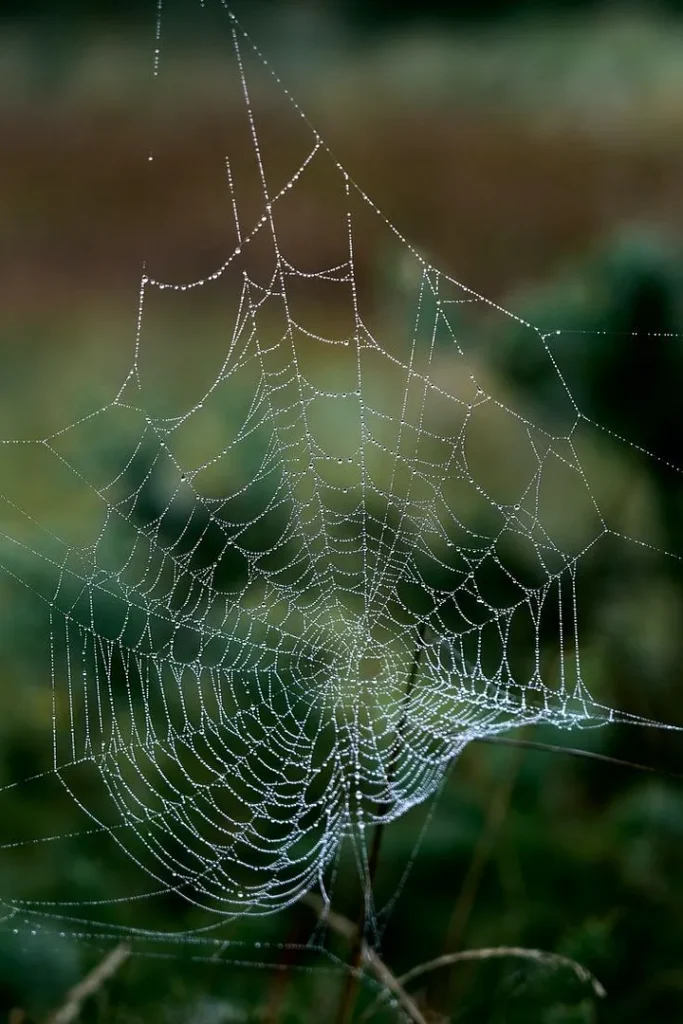Move over, steel and Kevlar, because spider silk is here to steal the show. This incredible material, spun by some of nature’s most delicate creatures, boasts properties that have scientists and engineers buzzing with excitement.
Spider silk is five times stronger than steel of the same diameter and more elastic than rubber. It is also tougher than Kevlar, which means that it can absorb more energy before breaking. How does this silk achieve such feats? The secret lies in its structure.

At the molecular level, spider silk is a mix of stretchy, disordered regions and highly ordered crystalline zones. This duality allows it to resist breakage while stretching under stress. Furthermore, spiders produce different types of silk for specific purposes: draglines for strength, capture silk for stretching, and a super sticky silk for catching prey.
The possibilities for spider silk in technology are endless. Imagine lightweight, ultra-strong cables, biodegradable fishing lines, or medical sutures that dissolve after healing. Scientists are even exploring ways to produce spider silk synthetically using bacteria or yeast, as farming actual spiders would be…a bit chaotic.
But spider silk is not solely about function; it is a reminder of nature’s genius. As researchers unravel its secrets, we are inching closer to creating materials inspired by the web-spinning masters of the natural world.
Next time you brush away a web, remember: you are holding a piece of nature’s strongest fabric in your hands.

Leave a Reply